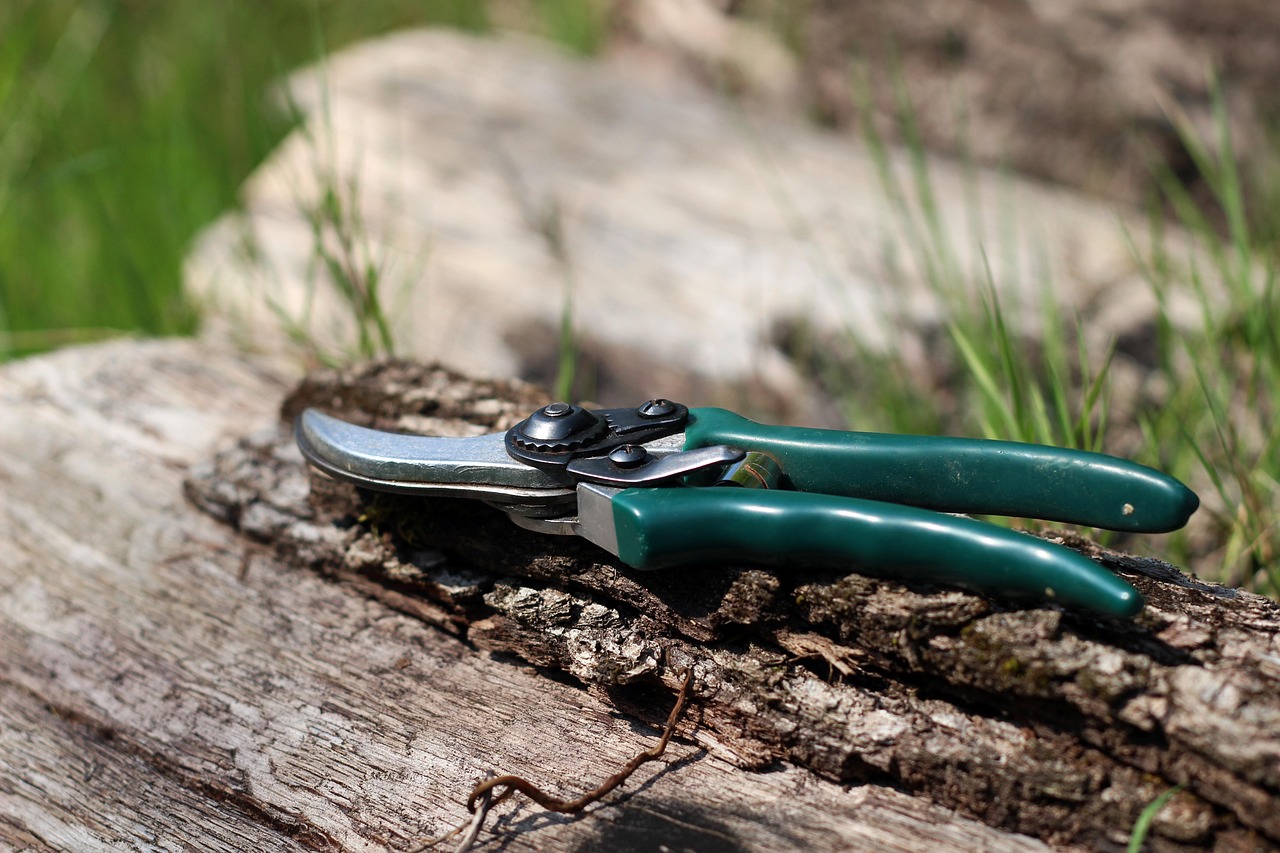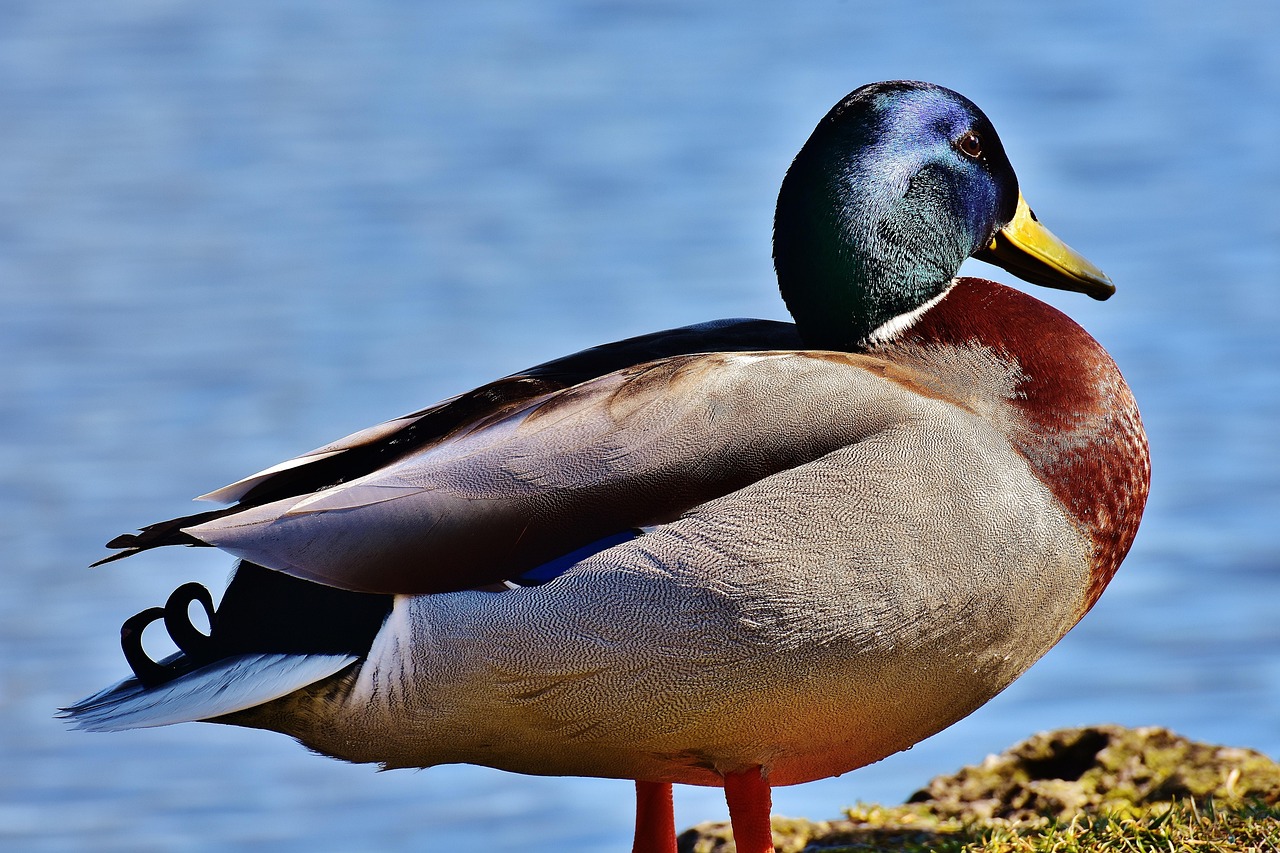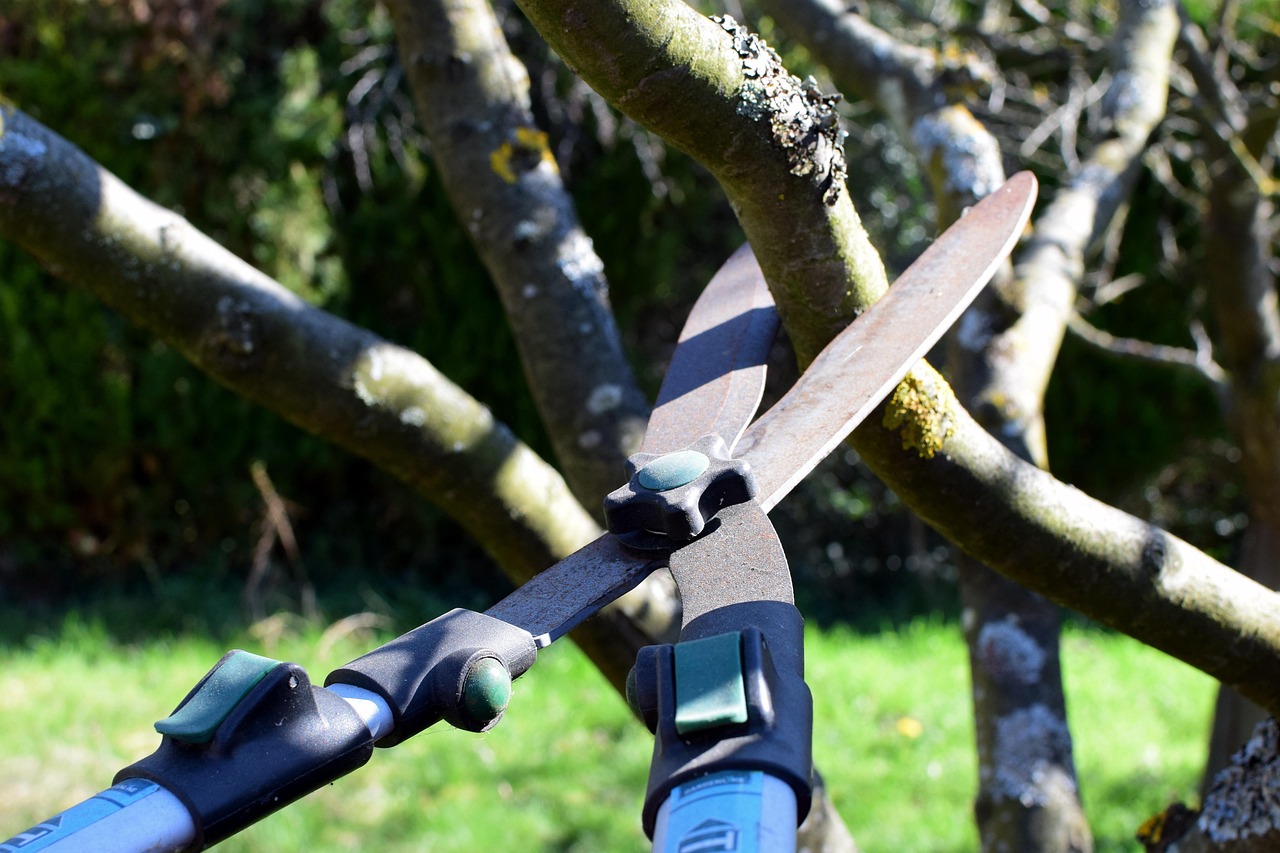A seasonal pruning schedule for family and small orchards is essential for maintaining tree health, maximizing fruit production, and improving overall appearance. The best times to prune vary by tree type, but generally include late winter, early spring, and summer. Understanding the optimal timing can lead to a thriving orchard.
Pruning is a vital practice in orchard management. It involves the selective removal of certain parts of a tree to improve its structure, health, and productivity. For family and small orchards, where the goal is often to grow fruit for personal use or small-scale sale, proper pruning can make a significant difference. This process helps trees by eliminating dead or diseased limbs, encouraging new growth, and allowing better air circulation and sunlight penetration. This results in healthier trees and more abundant fruit yields.

Each season presents unique opportunities for pruning different types of trees. Understanding when and how to prune can help orchardists achieve the best results. The following sections will outline a seasonal schedule that covers key pruning tasks throughout the year for common fruit trees.
Understanding the Seasons for Pruning
Orchards typically experience four distinct seasons, each requiring specific attention to pruning practices. The main seasons include winter, spring, summer, and fall. Each season has its own objectives and techniques for pruning that are important for the health of the trees.
Here is a brief overview of the seasonal pruning schedule:

| Season | Action | Tree Types |
|---|---|---|
| Winter | Dormant Pruning | Apple, Pear, Cherry |
| Early Spring | Structural Pruning | Stone Fruits (Peach, Plum) |
| Summer | Maintenance Pruning | All Fruit Trees |
| Fall | Clean-up Pruning | Apple, Pear |
Each season has specific techniques that contribute to the overall health and productivity of the trees. Understanding these can aid orchardists in making informed decisions about when and how to prune their trees effectively.
Winter Pruning: Dormant Season
Winter is the ideal time for dormant pruning. During this period, trees are not actively growing. This allows for easier visibility of the tree structure without leaves obscuring branches. The main goal of winter pruning is to shape the tree and remove any dead or diseased wood.
Key benefits of winter pruning include:

- Promoting new growth in the spring.
- Improving sunlight exposure for remaining branches.
- Reducing the risk of disease spread from dead wood.
- Enhancing air circulation through the canopy.
When pruning in winter, it is essential to use sharp, clean tools to make precise cuts. Cuts should be made at a slight angle just above a bud to encourage healthy new growth. Avoid cutting too close to the trunk or leaving long stubs, as both can lead to decay.
Early Spring Pruning: Structural Enhancement
As the weather begins to warm up and trees start to come out of dormancy, early spring becomes a good time for structural pruning. This is especially important for stone fruits like peaches and plums. At this stage, the focus is on shaping the tree for optimal growth during the coming season.
The goals during early spring pruning include:

- Establishing a strong framework for growth.
- Removing crossing branches that may compete for space.
- Encouraging an open center to maximize light penetration.
It is important to be cautious in early spring as buds begin to swell. Pruning too late can cause damage to developing flowers or fruit. Timing is critical for getting the best results without harming the tree’s potential yield.
Summer Pruning: Maintenance Practices
Summer pruning focuses on maintaining tree shape and health while trees are actively growing. This type of pruning is less about structural changes and more about managing growth. It often includes removing water sprouts and suckers that appear during the growing season.
The benefits of summer pruning are:
- Controlling tree size and shape.
- Encouraging air flow within the canopy.
- Preventing shading of lower branches.
This practice should be done carefully to avoid stressing the tree during its active growing phase. Summer pruning can also reduce the risk of certain diseases by improving airflow and sunlight exposure.
Fall Pruning: Clean-up and Preparation
As the growing season comes to an end, fall pruning becomes important for maintaining overall tree health. This period is ideal for final clean-up tasks and preparing trees for the winter months ahead. Pruning in the fall helps to remove any dead or diseased wood that may have developed during the growing season.
The objectives of fall pruning include:
- Removing any remnants of diseased wood that could harbor pests or diseases over winter.
- Cleaning up fallen fruit and debris around the base of trees to prevent fungal infections.
- Shaping trees for improved snow load management during winter months.
During fall, it is crucial to avoid heavy pruning, as this can stimulate new growth that will not harden off before winter. Instead, focus on light pruning to maintain the tree’s shape and health.
Pruning Techniques and Best Practices
Regardless of the season, mastering pruning techniques will greatly enhance the effectiveness of your efforts. Here are several key techniques that can be applied throughout the year:
1. Thinning Cuts
Thinning cuts involve removing branches back to a lateral branch or bud. This technique helps to open up the canopy, allowing better light penetration and air circulation. It is particularly beneficial for mature trees that may become overly dense.
2. Heading Cuts
Heading cuts involve trimming back a branch to a shorter length, usually above a bud. This technique encourages bushier growth and can be useful for young trees or those needing a more compact shape.
3. Clean Cuts
Making clean cuts is essential for preventing damage to the tree. Use sharp, clean tools to ensure a smooth cut, which helps reduce the risk of disease entering through open wounds. Always angle cuts away from the bud to encourage healthy growth.
Essential Tools for Pruning
Having the right tools is crucial for effective pruning. Here is a list of essential tools that every orchardist should consider:
- Pruning Shears: Ideal for small branches and precise cuts.
- Loppers: Useful for thicker branches that are too large for shears.
- Saws: A small hand saw or a pole saw is necessary for larger limbs.
- Gardening Gloves: Protect hands from thorns and sharp branches.
- Disinfectant: Keep tools clean to prevent disease spread between trees.
Regular maintenance of your tools is also important. Keep blades sharp and clean, as this will make your pruning tasks easier and more effective.
Avoiding Common Pruning Mistakes
Pruning can be daunting for beginners, and several common mistakes can lead to poor results. Here are some pitfalls to avoid:
- Over-pruning: Removing too much foliage can stress trees and reduce fruit production. Always prune with caution.
- Incorrect Timing: Pruning at the wrong time can damage buds or fruit development. Always follow seasonal guidelines.
- Poor Cutting Techniques: Ripping or tearing branches can create wounds that invite disease. Make clean cuts.
- Neglecting Tree Shape: Always consider the natural shape of the tree when pruning to maintain its health and appearance.
Signs That Your Trees Need Pruning
Understanding when your trees need attention is crucial for their health. Here are some signs that indicate it may be time to prune:
- Dead or Diseased Branches: These should be removed immediately to prevent further issues.
- Crowded Canopy: If branches are crossing or rubbing against each other, it’s time to thin them out.
- Pest Infestation: If you notice pests on specific branches, those should be pruned away to manage infestations.
- Declining Fruit Production: If fruit yield decreases significantly, it may indicate that the tree needs rejuvenation through pruning.
By being vigilant and recognizing these signs early, orchardists can make timely decisions that promote tree health and productivity.
Seasonal Adjustments Based on Tree Types
Differentiating between various types of fruit trees is essential for effective pruning. Different species may require unique approaches depending on their growth habits and fruiting cycles. Here are some general guidelines:
| Tree Type | Best Pruning Time | Main Considerations |
|---|---|---|
| Apple & Pear | Winter, Early Spring | Aim for an open center; remove old wood. |
| Cherry & Plum | Late Winter, Early Spring | Avoid excessive cuts; focus on shaping. |
| Peach & Nectarine | Early Spring | Remove deadwood; encourage strong branch structure. |
| Citrus Trees | Late Winter, Summer | Avoid heavy pruning; remove only dead growth. |
This table serves as a quick reference guide for determining the best times and techniques for pruning various fruit trees in your orchard.
Understanding Tree Growth and Development
To effectively prune fruit trees, it is crucial to understand how they grow and develop. Each type of tree has its own growth patterns, which can significantly influence pruning techniques and timing. This section will explore the growth stages of fruit trees and how they relate to seasonal pruning.
Growth Stages of Fruit Trees
Fruit trees generally go through several growth stages that impact their pruning needs:
- Dormant Stage: This is the period when trees are not actively growing. It typically occurs in late fall and winter. During this stage, trees can be pruned to promote healthy growth in the upcoming spring.
- Bud Swelling Stage: As temperatures warm in early spring, buds begin to swell. This is a critical time for structural pruning of stone fruits and other varieties where timing is essential.
- Active Growth Stage: During late spring and summer, trees are in full bloom and producing fruit. Pruning during this stage focuses on maintenance rather than major changes.
- Post-Harvest Stage: After fruit has been harvested in late summer or fall, trees can be assessed for any necessary clean-up pruning before winter.
Understanding these stages helps orchardists plan their pruning activities effectively to enhance tree health and productivity.
The Importance of Pruning for Tree Health
Pruning is not just about shaping trees; it plays a vital role in their overall health and longevity. Here are some key benefits of regular pruning:
- Health Improvement: Regularly removing dead or diseased branches prevents the spread of infections and pests.
- Improved Airflow: Thinning out dense canopies allows for better air circulation, reducing humidity levels that can lead to fungal diseases.
- Enhanced Photosynthesis: By allowing more sunlight to reach lower branches, trees can produce more energy through photosynthesis, resulting in healthier growth.
- Better Fruit Quality: Pruning encourages trees to allocate resources to fewer fruits, often leading to larger and higher-quality produce.
Maintaining tree health through proper pruning practices contributes to a more productive orchard over time.
Identifying Tree Problems Through Pruning
Pruning also provides an opportunity to assess the health of fruit trees. By observing the condition of branches and foliage, orchardists can identify potential problems early. Here are some common issues to look for during pruning:
Pest Infestations
Pests such as aphids or caterpillars may be hiding on branches. Signs of infestations include:
- Discolored leaves or wilting branches.
- Evident webbing or sticky residue on foliage.
- Visible insects or larvae on branches.
Disease Indicators
Disease symptoms can manifest in various forms, including:
- Brittle or dead wood that breaks easily.
- Blackened or softened areas on the trunk or branches.
- Mold or fungus growth near cuts or wounds.
Nutrient Deficiencies
Nutrient deficiencies can lead to poor growth and low fruit production. Look for:
- Pale or yellowing leaves, indicating lack of nitrogen.
- Small fruit size due to insufficient potassium.
- Purple coloration on leaves, suggesting phosphorus deficiency.
Recognizing these issues during pruning allows for timely interventions, such as applying fertilizers or treatments to restore tree health.
Seasonal Considerations for Specific Fruit Trees
While general guidelines exist for pruning different types of fruit trees, seasonal variations can affect specific practices. Below is a breakdown by tree type:
| Fruit Type | Seasonal Notes | Pruning Focus |
|---|---|---|
| Citrus Trees | Late Winter, Summer | Light pruning; remove dead or crossing branches. |
| Berries (e.g., Blueberries, Raspberries) | Late Winter | Remove old canes; encourage new growth. |
| Stone Fruits (e.g., Cherries, Peaches) | Early Spring | Aim for an open center for good airflow; remove dead wood. |
| Pear Trees | Winter, Early Spring | Focus on shaping; remove old wood for new growth. |
This table offers guidance on seasonal considerations unique to specific fruit types, helping orchardists tailor their pruning practices accordingly.
Tools for Effective Pruning
The right tools can make a significant difference in the quality and ease of pruning tasks. Here are some additional tools that can enhance your pruning efforts:
- Bypass Pruners: Ideal for cutting live branches cleanly without crushing them.
- Anvil Pruners: Useful for cutting thicker branches but may crush softer wood.
- Secateurs: A smaller tool designed for precision work on thin branches.
- Ladder: For reaching higher branches safely during pruning sessions.
Investing in quality tools not only improves efficiency but also promotes better tree health through cleaner cuts and more precise pruning techniques.
Seasonal Considerations for Organic Practices
For orchardists who follow organic practices, seasonal pruning can also be integrated with other sustainable management techniques. This section will explore how to combine pruning with organic methods to enhance both tree health and fruit quality.
Integrating Organic Fertilizers
After pruning, applying organic fertilizers can help trees recover and promote healthy growth. Here are some options:
- Compost: Providing a nutrient-rich base, compost enhances soil health and improves microbial activity.
- Fish Emulsion: A high-nitrogen option that supports new growth after pruning.
- Bone Meal: Rich in phosphorus, it encourages strong root development and flowering.
Using organic fertilizers in conjunction with pruning can help trees bounce back quickly from pruning stresses while promoting overall health.
Pest Management Techniques
Managing pests organically is essential, especially after pruning. Here are some pest management strategies:
- Beneficial Insects: Introducing ladybugs or lacewings can help control aphid populations naturally.
- Neem Oil: This organic pesticide can be used to deter pests while being safe for beneficial insects.
- Cultural Practices: Maintaining clean orchard floors and proper spacing can reduce pest habitats.
By integrating pest management with seasonal pruning, orchardists can maintain a healthy ecosystem while protecting their trees from infestations.
Monitoring Tree Health Throughout the Year
Monitoring your trees year-round is essential to effective orchard management. Regular inspections can help identify issues before they become severe. Here are some practices to consider:
- Monthly Inspections: Regularly check for signs of disease, pests, or nutrient deficiencies.
- Soil Testing: Conduct soil tests at least once a year to monitor pH levels and nutrient availability.
- Record Keeping: Maintain detailed records of pruning dates, methods used, and any observed changes in tree health or productivity.
This proactive approach allows orchardists to adapt their management practices based on real-time observations and data, leading to a more productive orchard.
Final Thoughts
Seasonal pruning is an essential practice for maintaining the health and productivity of family and small orchards. Understanding the specific needs of different tree types, along with the timing and techniques of pruning, can lead to improved fruit quality and tree longevity. Incorporating organic practices enhances the sustainability of these orchards and promotes a healthier ecosystem.
As you implement these seasonal guidelines, remember that each tree is unique. Observing their growth patterns and responding to their individual needs will yield the best results. By combining effective pruning with ongoing monitoring, organic practices, and pest management strategies, you can ensure that your orchard remains vibrant and productive for years to come.
The journey of nurturing an orchard is an ongoing learning experience. Embrace the knowledge gained through each season’s challenges and successes. With dedication and care, your family or small orchard can thrive, providing not only delicious fruit but also joy and fulfillment for you and your community.
